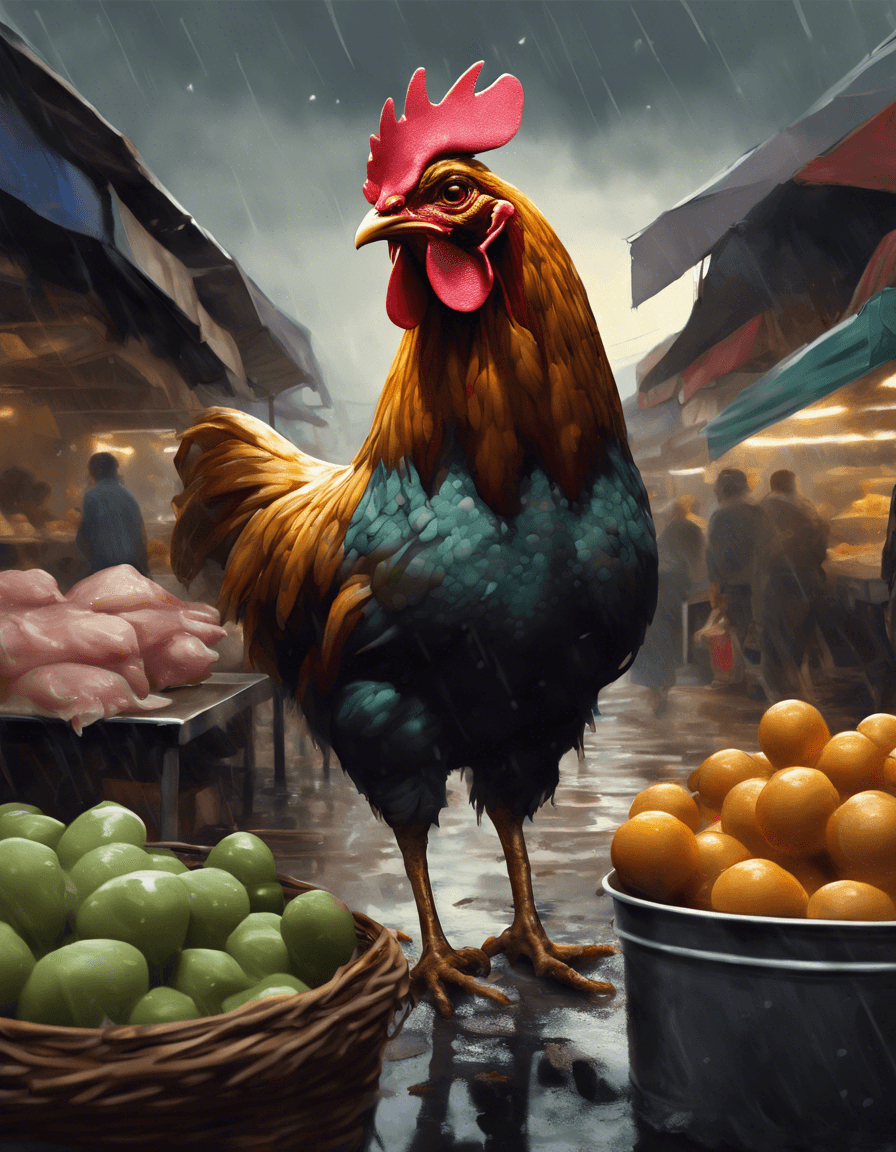The Invisible Lives of Chickens

⌘
bySanchita
SanchitaSanchita is a freelance journalist from India, and she writes about animal rights, speciesism, veganism, and casteism. She pursued her Bachelor’s degree in Political Science from Lady Shri Ram College for Women. What makes her a blahcksheep is her character of not conforming to the masses or being a part of any bandwagon for convenience. She loves making memes, and you can find her memes surrounding veganism & casteism on Instagram. She advocates for anti-speciesism and is averse to the idea of Anthroparchy and Anthropocentrism. Hence, she opposes eating chickens (or ab/using any animal for any purpose).